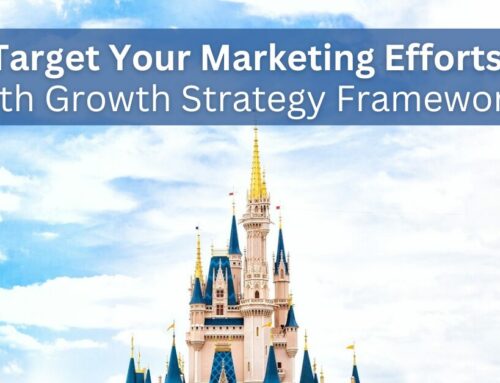What is brand strategy? We recently created an infographic that defines brand strategy and its major components: brand positioning, brand architecture and brand extension. We thought you might find this useful for your own organization. Click here for a downloadable PDF.
If you have any questions or comments about brand strategy, including thoughts about the definition above, we’d love to hear from you. You can contact us here.
Here is the same brand strategy definition as above, in full text version:
A brand positioning is the conceptual place you want to own in the target’s mind — the benefits you want them to think of when they think of your brand
How is brand positioning used?
Positioning is used as an internal statement of strategy to guide external implementation.
Brand Positioning examples include BMW and performance, Lexus and comfort, Mercedes-Benz and luxury and Acura and smart choice.
Brand Positioning Statement
To (target audience), (Product X) is the only (frame of reference) that (benefits delivered) because (reasons to believe)
Four strategic choices underlie positioning development:
- Definition of Targets. Who is the brand being built for?
- Frame-of-Reference. What is the competitive context?
- Benefits Delivered. What benefits should the brand stand for?
- Proof Points. What are the reasons-to-believe the positioning?
Brand architecture is the logical, strategic and relational structure for all brands in the portfolio
How is brand architecture used?
Brand architecture is used to ensure clarity, synergy and leverage across the portfolio
Customers relate to brands at several levels
- Master brand, Product brands, and Product descriptors
- This allows an organization to create a brand portfolio that appeals to distinct segments or need states. Examples
- Acura vs. Honda vs. Honda Accord
- Apple vs. Mac vs. iPod vs. iPhone vs. iPad vs. iPad5
- The master brand often carries emotional benefits, with product brands conveying rational benefits and target-specific relevance
Objectives
Key objectives include improved clarity, synergy and brand leverage.
Product brands vs. product names
- Product Brands require investment and management, and represent value greater than the functionality of the offering alone
- Product Names are simple descriptors that serve to identify the tangible value the customer receives
Brand extension involves stretching the brand into attractive categories, by creating “equity bridges” for customers to cross
How is brand extension used?
Brand extension is used to stretch the brand into new categories to drive new business growth
Brand extension is a process that allows companies to define new and attractive business opportunities for existing brands, with two basic approaches:
Deductive:
Customers follow trademark to logical places
Inductive
Marketers determine attractive categories and create equity bridges for customers to cross
Benefits of Brand Extension
Advantages of brand extension (vs. new brand creation):
- Further strengthen and build the brand franchise
- Enhance the chance of new business success
- Reduce the cost of new business development
Brands can be highly elastic – the key is not to violate the inherent benefit essence of the brand
Step 1: Perform brand assessment and confirm issues. What do we know about the 3 C’s? Customers, Company and Competitors.
Step 2: Conduct brand strategy visioning session. What alternatives exist for establishing the brand strategy?
Step 3: Conduct ideation & develop brand strategy concepts. What are potential brand positioning/messaging concepts
Step 4: Optimize brand strategy concepts internally and with target customers. What are optimal concepts, from the eyes of the customer?
Step 5: Prepare brand strategy recommendations and action plan. What is the recommended strategy and action plan?




















Follow EquiBrand